My favourite painting: Peter York
'I liked the CGI-ness (as we’d call it now) of it'
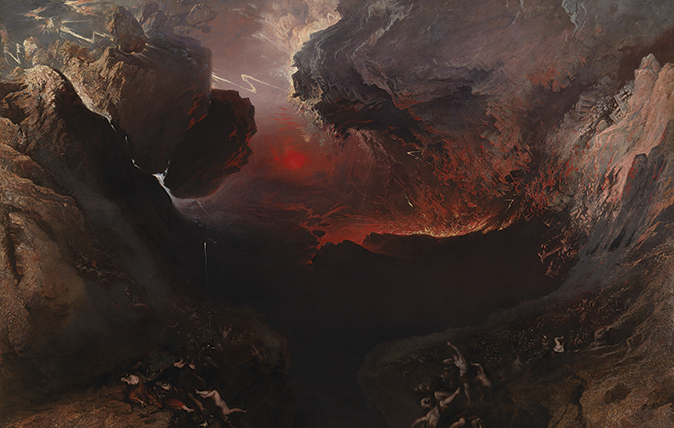

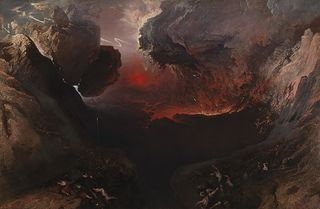
The Great Day of His Wrath, 1851-53, by John Martin (1789-1854), 6¼ft by 10ft, Tate Collection, London
Peter York says:
I remember it from early in its reinstatement when I was in a very Victorian painting mood. I liked the CGI-ness (as we’d call it now) of it. My parents’ generation thought this sort of stuff was “amusing”, but I thought it was terrific, like the Dalí “soft watches” that were just round the corner. I’ve gone off the Dalí, but John Martin and the Book of Revelation couldn’t be more now!
Peter York is a management consultant, journalist, author and broadcaster. His latest book, Authenticity is a Con, was published in 2014
John McEwen comments on The Great Day of His Wrath:
This is from Martin’s climactic triptych (with The Last Judgement and The Plains of Heaven) known as the ‘Judgement Series’. It illustrates a scene from the last book of the New Testament, The Revelation (or The Apocalypse) by the Apostle John (or St John the Divine).
He describes the Book of Judgement sealed with seven seals. The broken sixth revealed ‘the great day of his wrath’: ‘And, lo, there was a great earthquake; and the sun became black as sackcloth of hair, and the moon became as blood/…and every mountain and island were moved out of their places./And the kings… and every free man, hid themselves…/And said…/For the great day of his wrath is come; and who shall be able to stand?’ (Revelation:6:12-17).
This hellfire sermon in pictorial terms was Martin’s most famous painting. It shows his awareness of industrialisation, of the new science of geology and a romantic attachment to the concept of the Sublime: the immensity of Nature, the smallness of Man.
That he was also a theatre-set designer is no surprise. The painting was presented theatrically, the audience seated in darkness. Passages were spotlit to sound effects and a thunderous reading of the Biblical text off-stage. Martin died on its completion.
Sign up for the Country Life Newsletter
Exquisite houses, the beauty of Nature, and how to get the most from your life, straight to your inbox.
After his death, the triptych toured England and America and was reproduced as a best-selling print. Once considered unparalleled and valued at 8,000 guineas, by 1935, it was sold for £7 and split up. The Tate reunited it in 1974. In our age of cinematic special effects, Martin has regained favour as an honoured precursor.
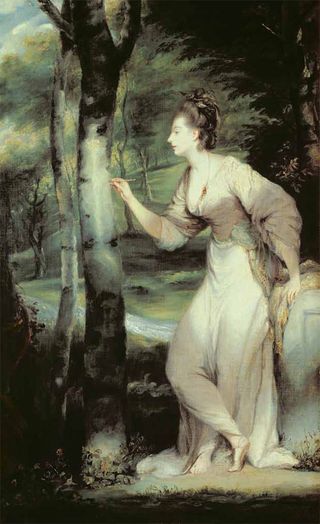
My Favourite Painting: Bruce Oldfield
Bruce Oldfield chooses his favourite painting for Country Life.
My Favourite Painting: Lynn Barber
Lynn Barber chooses her favourite painting for Country Life.
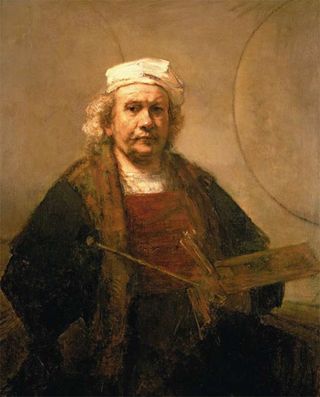
My Favourite Painting: Lucinda Bredin
Lucinda Bredin chooses her favourite painting for Country Life.
Country Life is unlike any other magazine: the only glossy weekly on the newsstand and the only magazine that has been guest-edited by HRH The King not once, but twice. It is a celebration of modern rural life and all its diverse joys and pleasures — that was first published in Queen Victoria's Diamond Jubilee year. Our eclectic mixture of witty and informative content — from the most up-to-date property news and commentary and a coveted glimpse inside some of the UK's best houses and gardens, to gardening, the arts and interior design, written by experts in their field — still cannot be found in print or online, anywhere else.
-
 How many puppies in the average litter? Country Life Quiz of the Day
How many puppies in the average litter? Country Life Quiz of the DayPlus a 1960s house, Hollywood's most famous cavewoman and more in Friday's quiz.
By Toby Keel Published
-
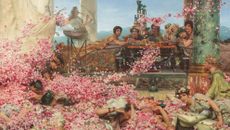 Love, sex and death: Our near-universal obsession with the rose
Love, sex and death: Our near-universal obsession with the roseNo flower is more entwined with myth, religion, politics and the human form than the humble rose — and now there's a new coffee table book celebrating them in all of their glory.
By Amy de la Haye Last updated
